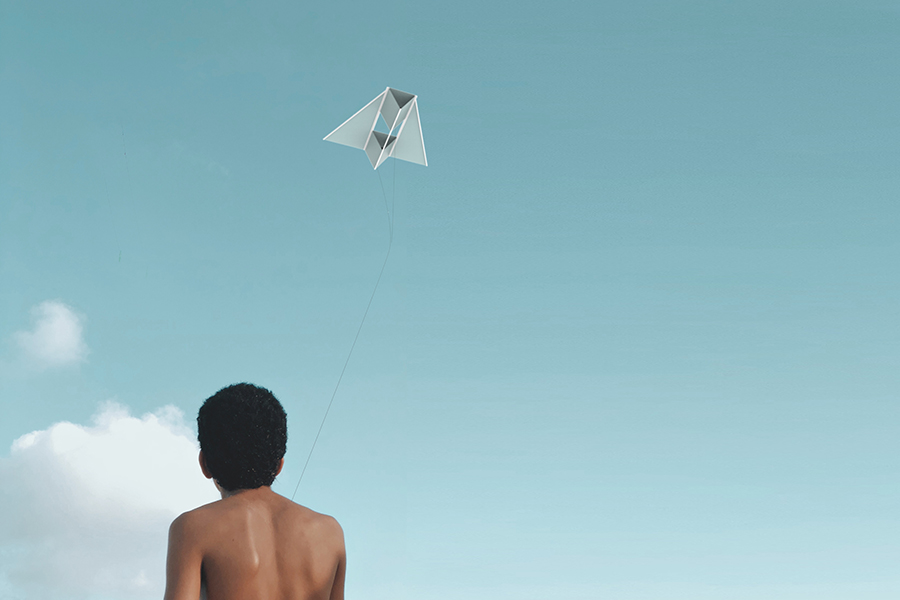Kite Lite
UX/Product/Electrical engineering/Business Model
Harvard University | 2018
"How might we bring a culturally and economically feasible energy for developing world?"
Kite Lite is a DIY renewable energy kite that would both allow children to play with a typical toy and families to power a reading lamp in their home.
Kite Lite Design
Design Process
Challenge
Among my experiences in spending my childhood in Myanmar, one place is especially deeply rooted in my mind– water villages on Inle Lake. Inle Lake has no peripheral land boundary on which to walk. Floating gardens on the lake provide tomatoes; children paddle boats to school; houses stand on stilts; and without playgrounds, children fly kites from houses or boats. While tourism-based eco-lodges on the lake are entirely powered, less than 20% of individuals have access to electricity. Because of this geographic constraint, more than 35,000 children suffer from lack of electricity, education and playground.
User Research
User Journey & Pain Point / Stakeholder Map / Interview
Building empathy and user journey maps and interviewing various stakeholders led us to discover pain points and opportunities integral to our design. First, to empower individuals by providing a renewable energy source in a community lacking access to electricity. Second, to blend seamlessly with Intha culture through invisibilizing its technology and subduing western / industrial influences while generating resources.
Design Opportunity
Inle lake tend to maintain high wind speed (average 8.8mph) due to smooth surface, thus less turbulance in the boundary layer. The native children in Inle Lake well adopted this environment to play by flying kites in the porch and on the boat. Utilizing this local culture and geographic character was integral for our design.
Kite Lite
Kite Lite is a DIY renewable energy kite kit that would both allow children to play with a typical toy and allow families to power a reading lamp in their home. While flying the kite, wind blows in and triggers the turbine and generator to convert wind energy. Flowing through the wire and BNC connector, energy is stored inside the 4800 mAh batteries inside the spool to be used as a light source. At a 1:1 flight to light time conversion rate, the LED can light up to 4 hours with full charge.
The unique hook handle design enables the product to be used as desk light as well as a lamp.
Materials are simply broken down to be distributed as DIY product.
KiteLite is scalable due to its modular design to suit different scale of energy from single households to community level.
Market Sizing
Our design began with an analysis of materials native to the Burmese region. In our research, we also found opportunities to scale this design to easily fit other regions across Asia. Given a highly price sensitive market, reducing costs was a focal point of our design. By preparing low-cost materials in a kit-format and pre-assembling the electrical components of the turbine, we could reduce production costs and technical barriers for users assembling the kite. Following a circular economy model, the target community actively participates in kite-building; creates a self-sustaining solution requiring no outside intervention; and leverages locally sourced materials.
In scaling this project, we imagine our kit serving many communities - others without electricity, those with non-renewable energy, communities less focused on science or engineering, and schools lacking educational toolkits.
This project also addresses a future where we live with water is inevitable - melting ice caps, rising sea levels, increasing frequency of hurricanes and flooding, and how can we imagine a future that navigates these complex variations across the globe





















